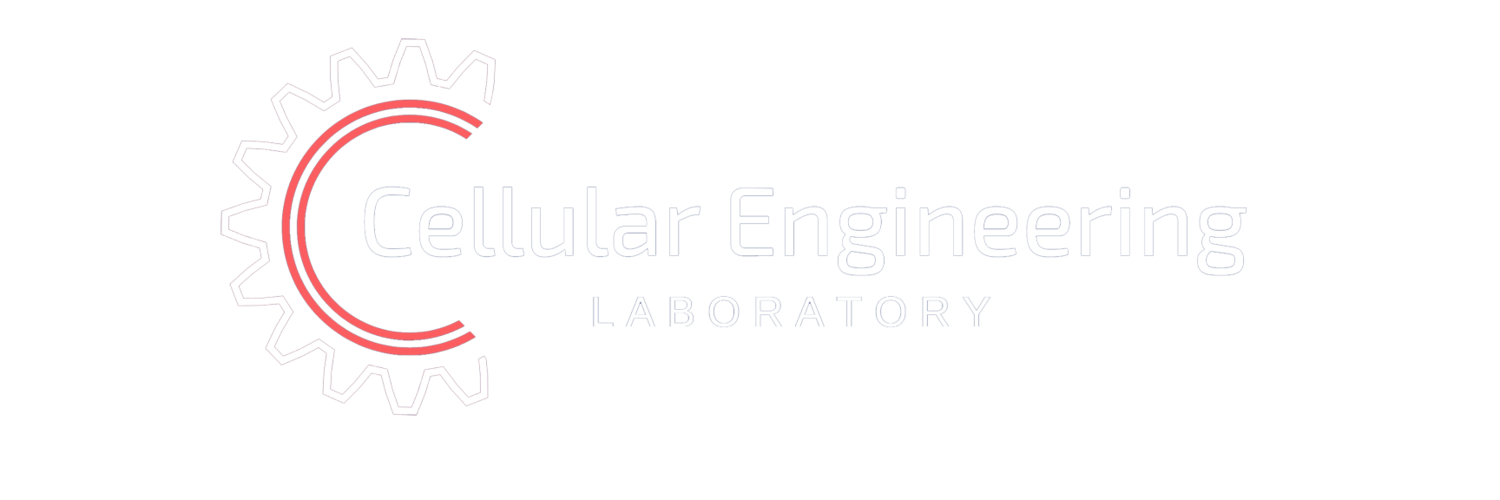Saiti Halder '19 (mentored by Rob Stefani) presented her summer research at the Annual Science and Engineering Research Symposium on September 28, 2017. Saiti shared our ongoing work in developing a tissue engineered synovium model with fellow students from the Undergraduate Scholars Program and faculty from the Engineering School.
Modeling Cellular and TIssue Specific Phenotypic Changes in Osteoarthritic Synovium Using a Tissue Engineered Co-Culture System
Osteoarthritis (OA) is a common disease, affecting more than 3 million people in the US per year. Although cartilage degeneration has been a key focus of OA research for years, recently there is growing appreciation for the intimate role that synovium plays in diarthrodial joint health. Despite the critical role of the synovium in governing joint homeostasis, there is surprisingly little known about the mechanisms that underlie this function. Previous research has led to the creation of tissue engineered synovium that primarily contains fibroblast-like synoviocytes (FLS). While it is clear that FLS are able to organize into a synovium-like architecture and perform other critical aspects of the native synovium, our previous research on native synovium explants has indicated that macrophages are a critical part of this model. In this project, we build upon the previous model by incorporating both macrophages and fibroblasts. Our results indicate that it is possible to co-culture FLS and macrophages in the same tissue engineered construct. To compare the behavior of the tissue engineered synovium to the native synovium, we treated the tissue engineered synovium with different inflammatory cytokines and anti-inflammatory drugs that we previously used to characterize the explants. It was observed that interleukin-1 and/or dexamethasone treatment differentially modulates FLS and synovial macrophage (SM) content in a tissue engineered synovium model.

